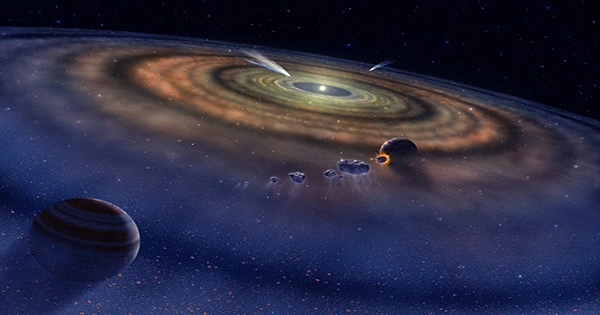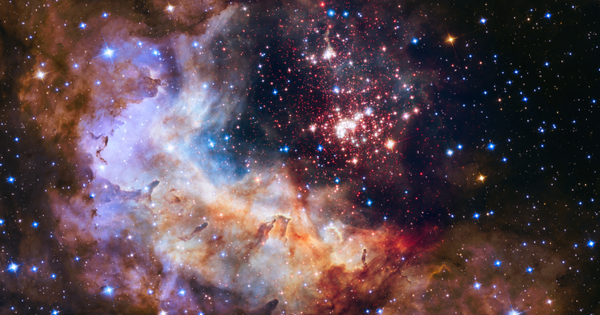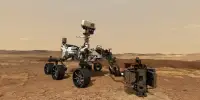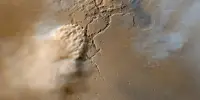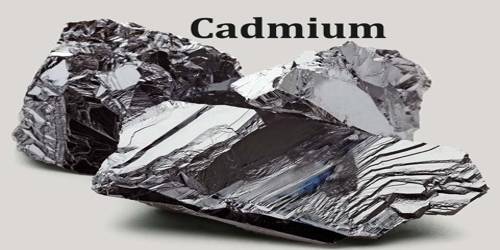Astronomers recently announced the discovery of a candidate exoplanet near star 40 Eridani A, which has special importance for Star Trek fans. Although Vulcan is located in this system and is the home planet of Spock, T’Pol, and a plethora of other fictional characters, it appears that the planet will have to stay a work of fiction.
It has been debated for a while whether 40 Eridani b, also known as Vulcan, actually exists. Its presence was asserted using the radial velocity method. A planet’s gravitation pulls on a star as it revolves around it, causing a jerk in the light. This has been used effectively in numerous detections, but it does not ensure a success rate of 100 percent. Similar wobbles can be produced by internal star mechanisms.
The evidence actually raised the possibility that the planet orbited the star while it was also rotating on its axis. A study conducted in 2021 claimed it was a fake positive, and a subsequent study conducted in 2022 was unable to draw any firm conclusions. The new research confirms that the detection was a fake positive and that the surface peculiarities of the star HD 26965 that were mistakenly thought to be the planet’s impact were actually the result of the false positive.
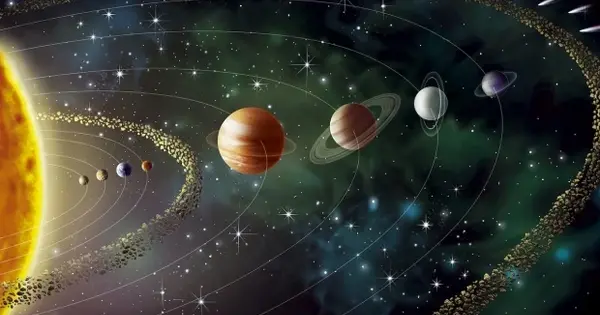
The team observed the radial velocity signals from earlier observations as well as the star activity and discovered that the periods of both detections are very near to one another.
The authors of the study stated in their paper, “The extreme proximity of these two detections leads us to classify this RV detection definitely as activity. “We categorize this as a false positive indication as a result,”
It appears that Vulcan will be leaving after this. The research was actually part of a much larger investigation into how well we understand the exoplanets and stars closest to Earth. Its goal was not to prove the planet’s existence. The study can be viewed as the groundwork for the Habitable Worlds Observatory, a future space telescope that would investigate nearby planets in the habitable zone.
It is crucial to understand the characteristics of the stars and planets that such a telescope might investigate before it is even built. The team, therefore, examined all the information that was accessible regarding 100 stars that may harbor planets that we might be able to image with this future observatory. Some of them, though, turned out to be false.
Astronomers had suggested the existence of a second Vulcan within the orbit of Mercury, but Einstein demonstrated that it did not. Planets named Vulcan to have a tendency to not exist.
